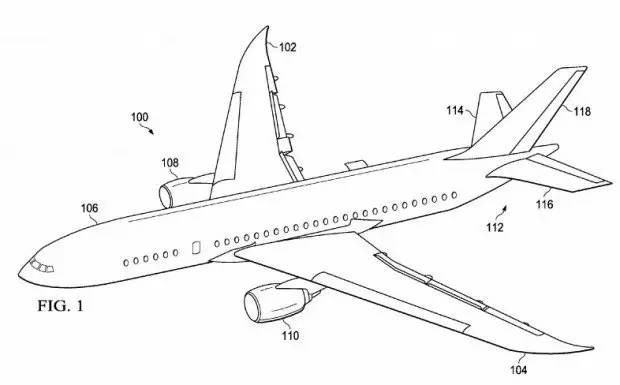Application-side 3D printing patent, have you applied?
A major reason for the rapid development of the 3D printing industry is the expiration of key patents for some of the leading industrial 3D printing processes. These patents, which have expired or are about to expire, have just been released at the turn of the century, and have long been monopolized by the original pioneers of the 3D printing industry. When we were delighted that the key patents of the 3D printing process had expired and the 3D printing technology was released, the other camp's 3D printing process patents were in a tight layout. In the aerospace field alone, from the earliest patent application for the rocket nozzle composite structural parts applied by the US Air Force in 1975, in 2011, the application for patents in the 3D printing application terminal clearly entered the blowout stage, only in 2014, aviation. International companies in the aerospace industry have applied for 198 patents related to 3D printing. The competition of smoke is not limited to the field of 3D printing equipment and materials, but is diffused into the application field. In this issue, let us use the patent characteristics of mainstream enterprises to “see the leopard†and appreciate the patent features of these applications. In a patent issued by GE on January 17, 2017, a method for manufacturing a strain sensor on a turbine component is disclosed. The method includes external surface planning of the turbine component and how the ceramic material is deposited onto a designated location on the exterior surface. The patent also discloses a method of monitoring a turbine component, the method comprising forming a strain sensor of at least two reference points. The ceramic powder of the strain sensor is deposited onto the surface of the blade by an automated 3D printing additive manufacturing process, which may include a thermal barrier coating such as yttria and stabilized zirconia. Thermal barrier coatings are not required for some special turbine components. Completion of strain sensor manufacturing requires coordination between different equipment, including aerosol sprayers (eg, Optomec aerosol and lens systems), microjets (such as Ohcraft or nScrypt's micropen or 3Dn), and MesoScribe Technologies. Plasma spray equipment MesoPlasma from the technology company. In 2016, Airbus applied for a patent for a new 3D printing technology. According to Airbus, the use of this technology is expected to completely change the mode of mass production, and even hope to have the ability to 3D print the entire aircraft. The new technology involved in the patent relies more on a large amount of material technology and takes full advantage of the 3D printed object's response to internal stresses that occur during cooling. According to Airbus' patent application materials, the technology uses a technology similar to selective laser sintering (SLS), as well as metal powders such as titanium and aluminum to fuse a variety of materials. In the printing process, a shell structure is first formed, metal powder is deposited thereon, and the shell-like structure and the metal powder are heated by a laser to be melted and bonded together into one integral part. As the component cools, the internal stress of the newly formed multi-material metal layer will cause the entire component to bend toward a predetermined direction or curve. The reason for this result is due to the different shrinkage rates of the shell structure and the metal when cooled. Airbus said that aircraft components that use this technology for 3D printing, such as fuselage, wings or doors, can withstand the rigors of the aircraft during operation without losing any aerodynamics. These 3D printed parts will use less material, become lighter, and have a better structure. 3D Science Valley learned that this technology can achieve greater stability of parts. If you use this technology to 3D print the floor of the aircraft's cargo hold, it will make it more stable and withstand more weight. In 2017, Siemens was approved by the patent for 3D printing turbine wear-resistant mesh mesh structure, which helps the turbine components to improve temperature and wear resistance through laser metal 3D printing. Photo: Siemens patented 3D printed turbine wear-resistant mesh surface structure A significant trend in the gas turbine engine industry is the pursuit of higher productivity. To achieve higher efficiency, gas turbines operate at increasingly higher operating temperatures. Ideally, the gap between the rotating turbine blades and the turbine components is small enough that in order to cope with the very high flow temperatures of the gas turbines, the fluid flow paths within many turbine components require thermal barrier coatings (TBCs) to protect the underlying components. Normal operation in harsh environments in fluid flow paths. Photo: Siemens patented 3D printed turbine wear-resistant mesh surface structure The coating is usually a ceramic structure that can withstand extreme temperatures and is subject to wear or scratches. The ideal wear surface profile is created by a water jet machining method. However, the production cost of this method is expensive. Siemens found that turbine components that create the required surface profile directly through 3D printing technology are more cost effective. By laser melting metal powder or ceramic reinforced metal powder layer by layer, Siemens manufactures a wear-resistant mesh-like turbine assembly. The mesh structure includes a plurality of networks, each set having a height that is consistent with respect to a surface of the turbine component and at least two different heights of the plurality of staggered strands. Photo: Siemens patented 3D printed turbine wear-resistant mesh surface structure In 2015, Boeing submitted a patent application that involved the replacement of 3D printing applications for aircraft components. This patent application may have a significant impact on Boeing's future operations. Summary of the description of the patent: "A device comprising: a library configured to store a plurality of component definition files, a database storing component identification entries printed using a plurality of component definition files, and a component management system capable of receiving A definition file request for a component in the above-mentioned component definition file library, identifying the definition file, receiving an instruction to print a component according to the definition file, and storing the component entry of the 3D print into the database." According to the patent description, Boeing can store spare parts and spare parts without having to set up multiple stock centers, and then transport them to the required location, which can easily lead to time delays; the company only needs to build an online model with spare parts CAD design files. Library, anywhere you need a 3D printer to create the spare parts you want in minutes or hours. Boeing's patent application has revealed how they use 3D printing for production and maintenance systems. When the aircraft parts need to be replaced, the 300 3D printed parts can be found at any time, they just need to simply print out the replacement parts. And the future Boeing 3D printed parts will not be limited to plastic materials, because the patent introduces several other materials, including metals, metal alloys and plaster. With the deep integration of 3D printing technology and application, 3D Science Valley believes that the application side will apply for more patents to consolidate its technological leadership. Perhaps, in another 10 years, when we look back at the patent layout of these companies, we will find that today's "blowout" is only "the little mint is sharp." (Editor) Grooming Brush ,Horse Shedding Brush,Metal Horse Brush,Horse Brush Set NINGBO BRIGHT MAX CO., LTD. , https://www.smartrider-horserugs.com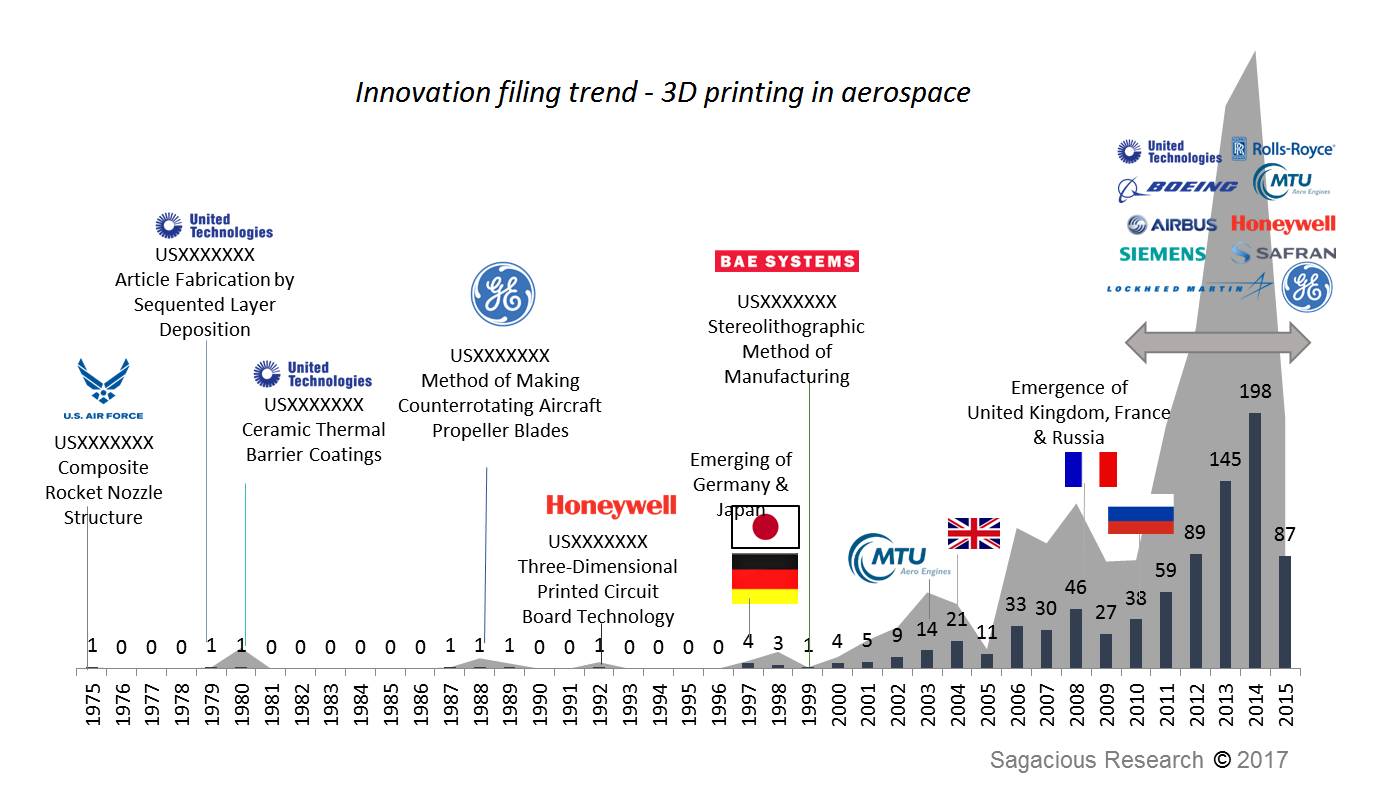
![]() Patent for printing high temperature ceramic sensors on GE turbine blades
Patent for printing high temperature ceramic sensors on GE turbine blades 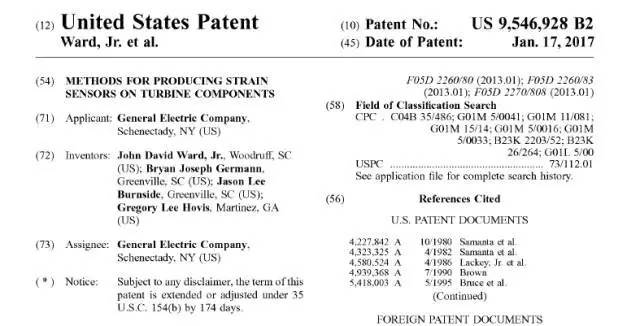
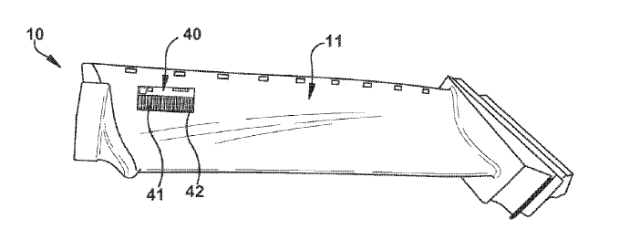
![]() Airbus applied for patented technology for 3D printing large aircraft parts
Airbus applied for patented technology for 3D printing large aircraft parts 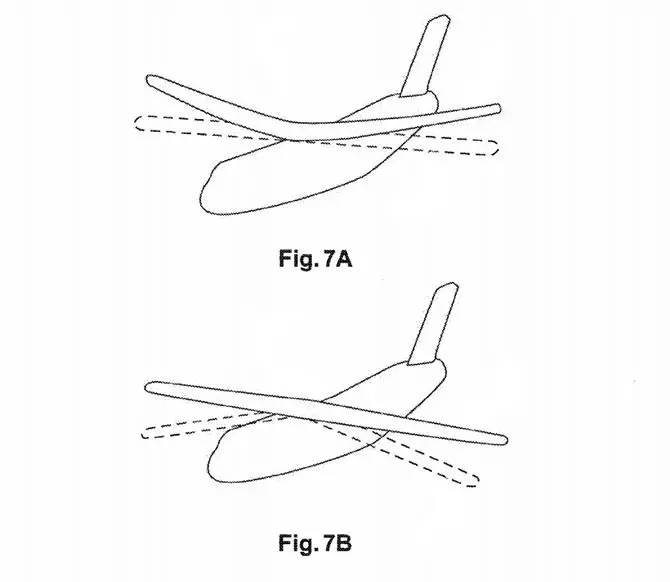
![]() Patent for Siemens 3D printing turbine wear-resistant mesh surface structure
Patent for Siemens 3D printing turbine wear-resistant mesh surface structure 
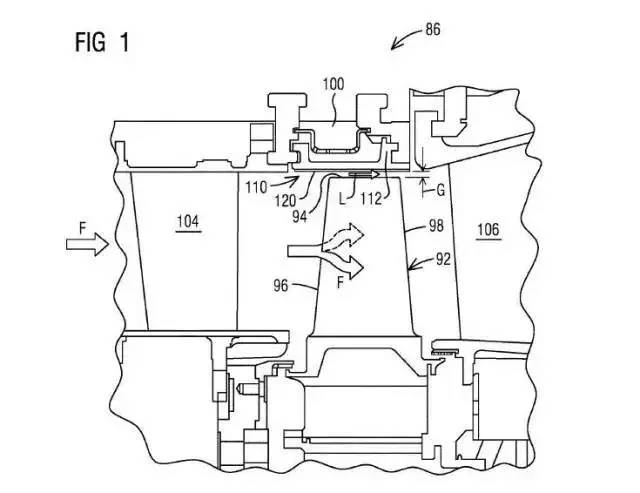
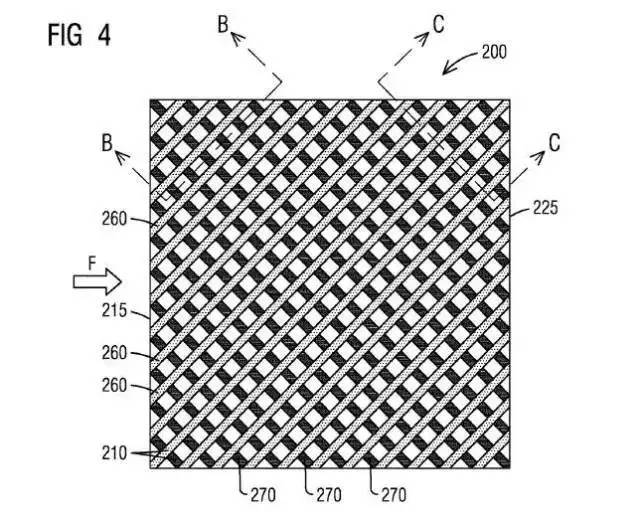
![]() Boeing's patent on the production and maintenance of aircraft parts through 3D printing
Boeing's patent on the production and maintenance of aircraft parts through 3D printing 